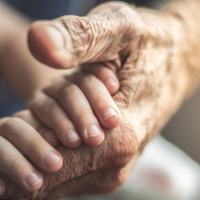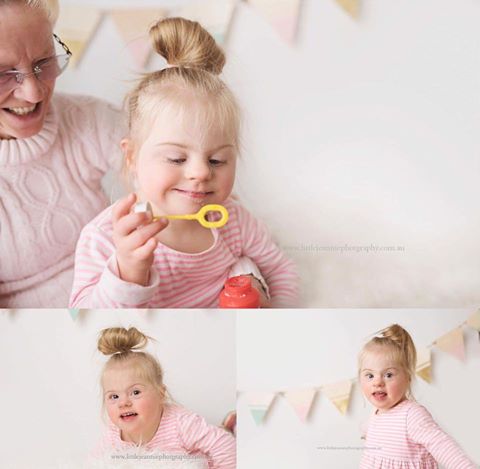Today we live in a society and lifestyle which is fast, creates stress and somewhat unhealthy! The simple art of mindfulness appears to be nonexistent in our lives. As a result, many children from babies to teenagers are being diagnosed and treated for diseases such as depression, anxiety, eating disorders and even suicide.
What has happened?
So why is it that previously adult diseases such as depression and anxiety are being diagnosed in children when in actual fact, children are born with a natural ability to sit still, reflect, be in the moment and be totally mindful? Think about it – have you noticed how your child remains totally focussed on the game they are playing even when you shout “dinner is ready”.
What is Mindfulness
Let’s explore what mindfulness is first.
It is the state of being aware of something and a mental state achieved by be able to focus your awareness on the moment. The key with mindfulness is being conscious of your feelings, thoughts and body.
Children naturally do this so why is it that they seem to have stopped? In reality, children are gifted at sharing their feelings, thoughts and definitely sharing their bodily sensations! Whether it be a primary school where they are soft and smooshy and share things from heart or as a teenager who shares their opinions, wants and feelings loudly and sometimes aggressively.
Mindfulness was once called Reticular Activating System, RAS for short, which is located in your brain stem in the back of your neck. This area is about focus and attention and awareness. Here is an example which I love.
Take a deep breath.
Make your self comfortable.
Take a another deep breath.
Now.
Don’t think of a pink elephant.
What did you think of?
A pink elephant of course.
In this example, it is the mindfulness or RAS that you focus on. The mind only knows ‘positive’ from birth, however, we often teach the negative! However, the RAS or mindfulness does not understand the word “don’t” and so your mind genuinely looks for a pink elephant as it is encouraging you to be at peace. Did you notice that when you gave your mind full awareness of a pink elephant, your thoughts felt clear? Your body feels a pink elephant as your mind digests and interprets what was said. Then Voila – one mindfulness, RAS, pink elephant!
NOTE: An important part of Mindfulness is not judging how you feel. This is particularly important for a child.
Mindfulness for Children
Practicing mindfulness is important for children as it encourages them to become empowered in mind, body and spirit and to become happy, healthy and confident adults. Mindfulness brings physical, psychological and social benefits as well as great health. It can build the immune system, give better sleep, reduce stress, prevent relapse of depression and anxiety and enhance healthy relationship’s.
The best part of mindfulness is that you can do it anywhere, for no cost, no effort and there are no limitations!
3 tips to teaching your children mindfulness:
1. It is important with mindfulness to pay attention to your breathing.
This is important when you and your child feel intense emotions. Stop and Take 3 deeps. Stand still and allow the emotions to float through your body just like watching a plan fly past. These deep emotions will cease in their intensity by be recharged with each breath.
Breath normally and if the emotions intensify again, take 3 deep breaths again.
With practice and within a few days the mind will learn to be totally aware and then react and respond in a new way – a way of peace to these intense emotions
2. Tune in to your body’s physical reactions.
This can be practiced by feeling water on your skin in the shower, feeling the breeze from a fan, or even noticing the sun’s rays on your skin. Pay attention to how your body reacts and feels. When children are upset and stressed, they are aware of their body first and then the emotions kick in. For example, if a child falls, they notice the pain, take a breath, look at the parent and then….. a huge cry is screamed out as they get in touch with the emotion. They notice the body sensation first.
By allowing the child to feel their body sensations and acknowledging these children become aware of what is happening. Teenagers who feel anxiety will be aware that their chest is tight and they can not breath. Children naturally listen to their body and parents need to listen to the child describe the sensations.
3. Be aware of your thoughts.
What were you thinking?
What were you feeling as you thought that thought?
What was your body doing as you thought that thought?
Children naturally express their thoughts allowed and it may not be in a full sentence. There thoughts are being shared the best way they know how.
Some children do well by expressing their thoughts through drawing, art, craft, exercise and even music. Giving children, these options allows them to be mindful according to their innate language.
Remember mindfulness is about having a full awareness of what is happening for you, for your child and being in touch with that process. Being aware of your focus and what you want and don’t want allows your child to be empowered and live a life that is happy and healthy.
Sometimes it is about thinking of pink elephant that brings then and you joy and pleasure and knowing that what we focus on can disempower or empower us.
May you enjoy your pink elephant journey in a mindful way.























-

-
-
mom64736 said
- 17 Oct 2017
-

-
-
tessie said
- 17 Oct 2017
-

-
-
ella12 said
- 17 Oct 2017
-

-
-
rachel1970 said
- 17 Oct 2017
-

-
-
Ellen said
- 17 Oct 2017

-

-
-
LuckyMum said
- 16 Oct 2017
-

-
-
rovermum said
- 16 Oct 2017
-

-
-
Ellen said
- 12 Oct 2017

-

-
-
mom81879 said
- 11 Oct 2017
-

-
-
Ellen said
- 11 Oct 2017

-

-
-
ashna9 said
- 10 Oct 2017
-

-
-
mom160421 said
- 10 Oct 2017
Post a comment2:08 pm
10:25 am
9:52 am
6:33 am
4:06 am
6:17 pm
5:23 pm
3:39 am
10:16 am
7:57 am
7:42 pm
2:55 pm
To post a review/comment please join us or login so we can allocate your points.